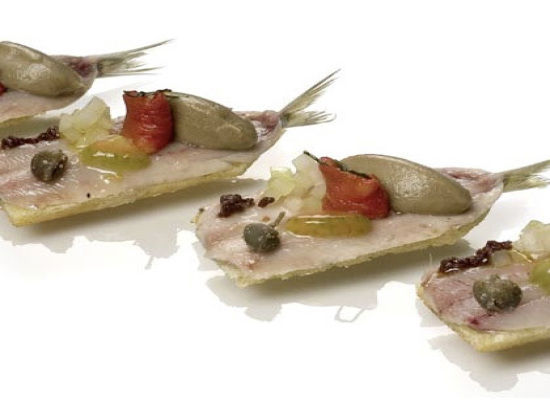BY BROCK RADKE
DECEMBER 26, 2014

Bazaar Meat BY JOSÉ ANDRÉS is nothing less than the most spectacular new restaurant to land in Las Vegas in 2014. The innovative Spanish superchef was already a prominent force on the Strip with Jaleo and China Poblano. But at the hip new SLS Las Vegas, risen from the ashes of the iconic Sahara on the northern end of the Strip, Andrés creates a signature and singular culinary experience that must be eaten to be understood.
Considering the rest of SLS’ exciting restaurant lineup, it’d be easy to assume Bazaar Meat is the latest in a series of celebrity chef-powered steakhouses to join the carnivorous competition on Las Vegas Boulevard. But if you think José Andrés is simply going to char a steak, bake a potato and call it a night, you don’t know José Andrés. Bazaar is a celebration of meat, specializing in animals that graze or swim, served raw and cooked over fire. Most steakhouses might offer one massive, shareable ribeye or roast that could feed the table; Bazaar offers a variety of Spanish-style, bone-in beef rib steaks priced by the pound and fired over oak as well as suckling pig served in quarters or, if you order ahead, the whole thing.












